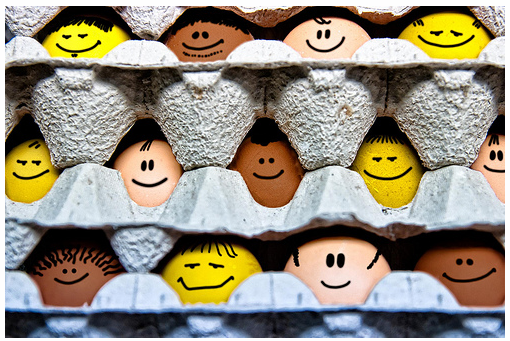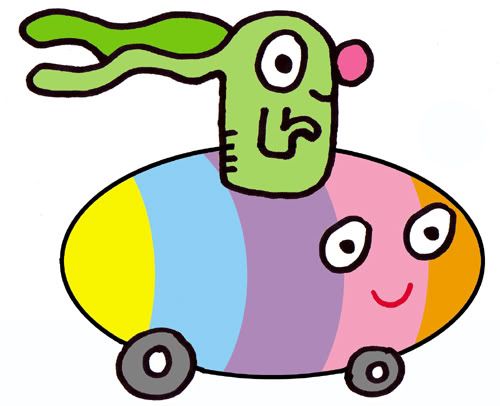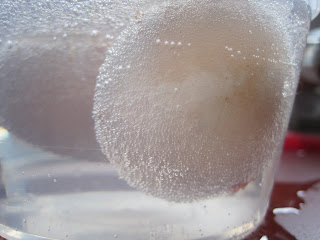    |
Day One 9th Feb 2010
1045 4 eggs are used for this experiment as we wanted to try out the result of the egg in different liquids. we used artificial vinegar to deshell the eggs. pouring the vinegar into the container of eggs. this is a video of us pouring the vinegar into the container. we changed the container as the vinegar we had was not enough to cover the eggs, so we transfered the eggs into a smaller container to ensure that the eggs are fully submerged. little bubbles of carbon dioxide start to form at the surface of the eggs because of the reaction that takes place between vinegar and calcium carbonate. 1115 portions of the egg shell float on top of the vinegar. the egg shell dissolves very fast in one of the containers. close up of the semi-deshelled eggs. close-up of the carbon dioxide bubbles formed. portions of the brown skin float up to the surface. another close up of the eggs. 1215 a lot of the shell has been dissolved despite the short period of time. froth forms at the surface of the vinegar. the eggs with lots of bubbles on the surface. the lid of the container is full of the shell pigment 1320 portions of the shell floating on the surface. 1420 a lot of the portions of the shell floats at the top. carbon dioxide bubbles and froth form because of the reaction. brown substances from the shell float to the top too. the eggs are kept safely at the side of the classroom overnight for aproximately 24 hours.
|























